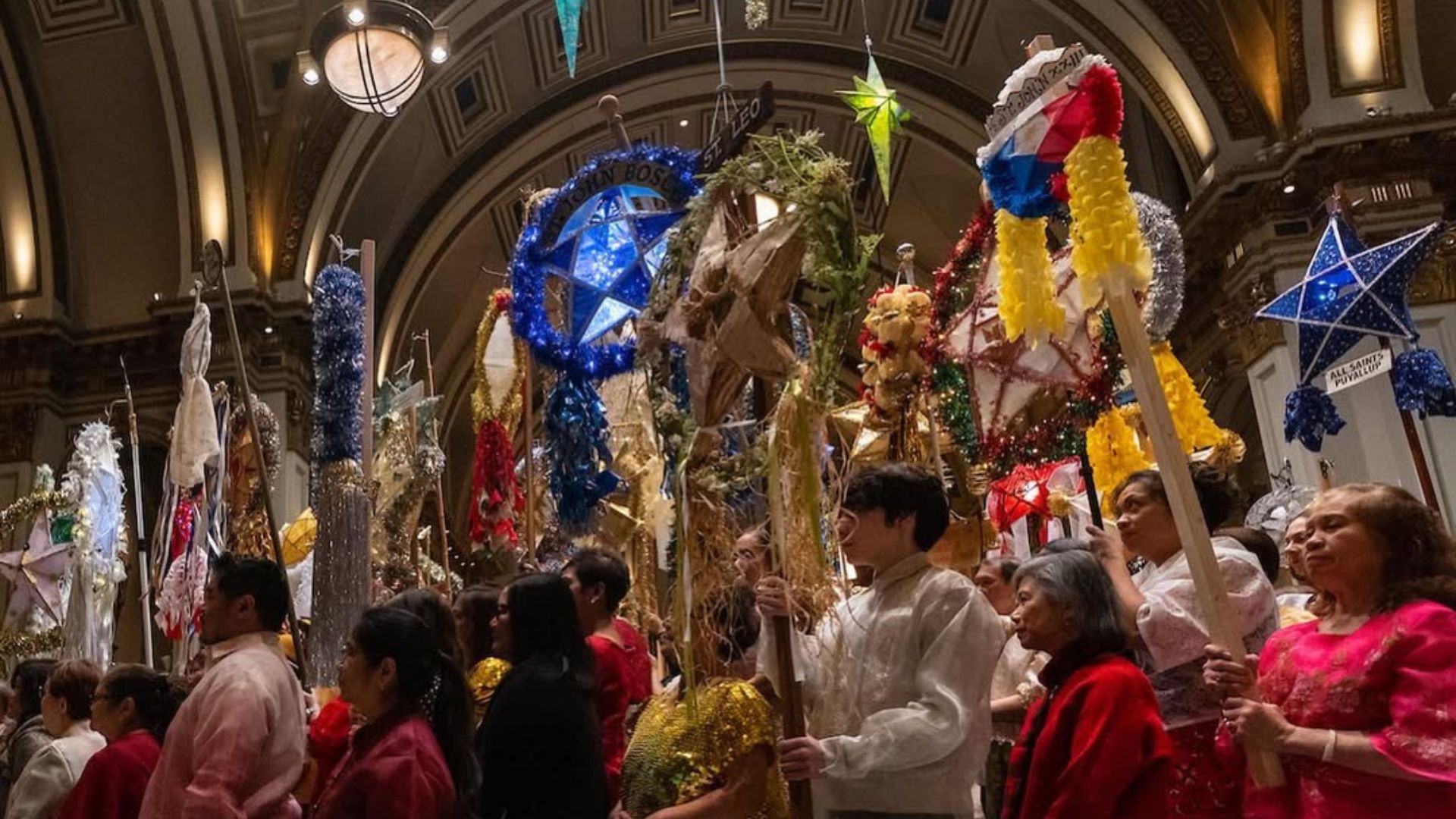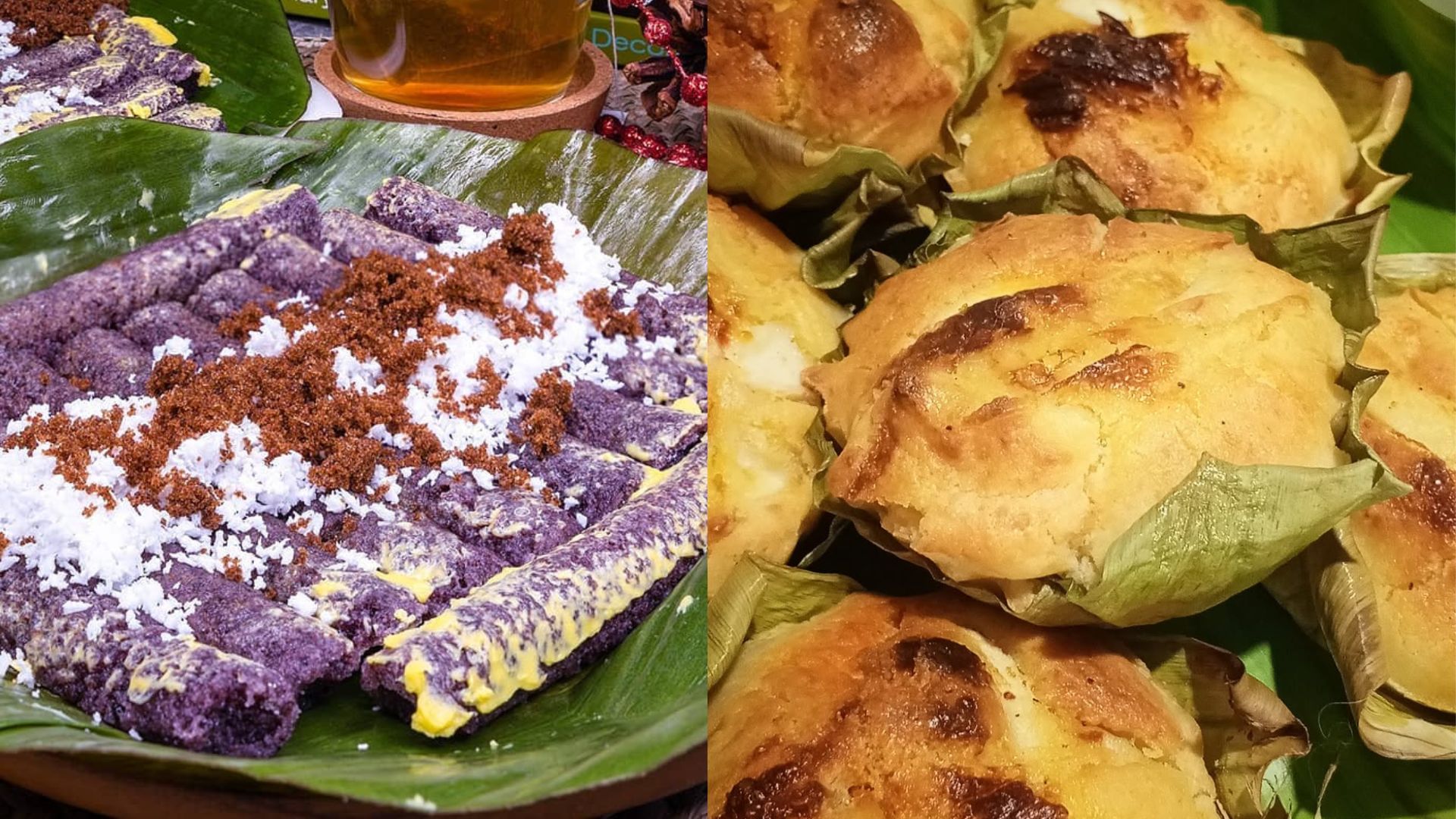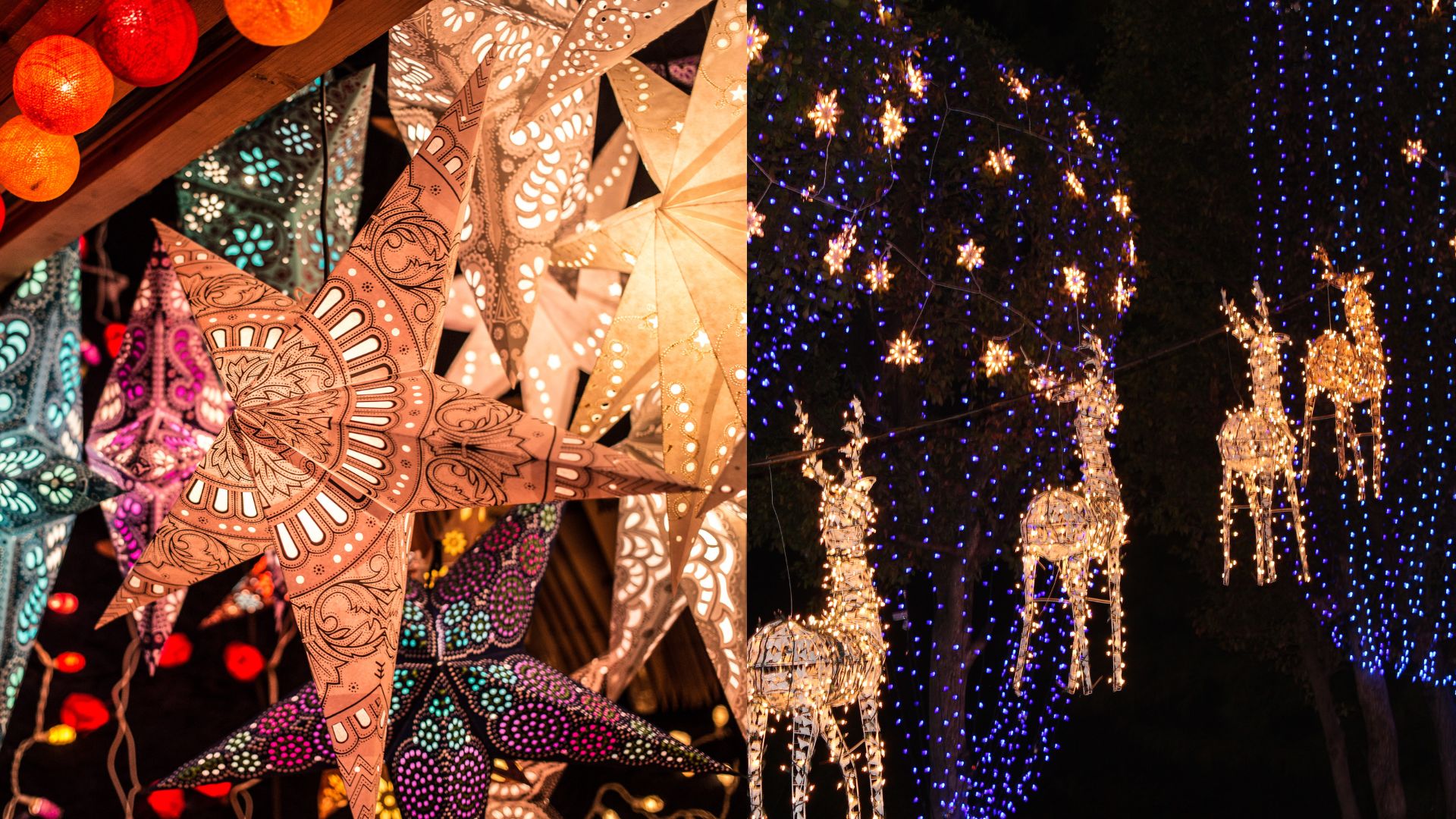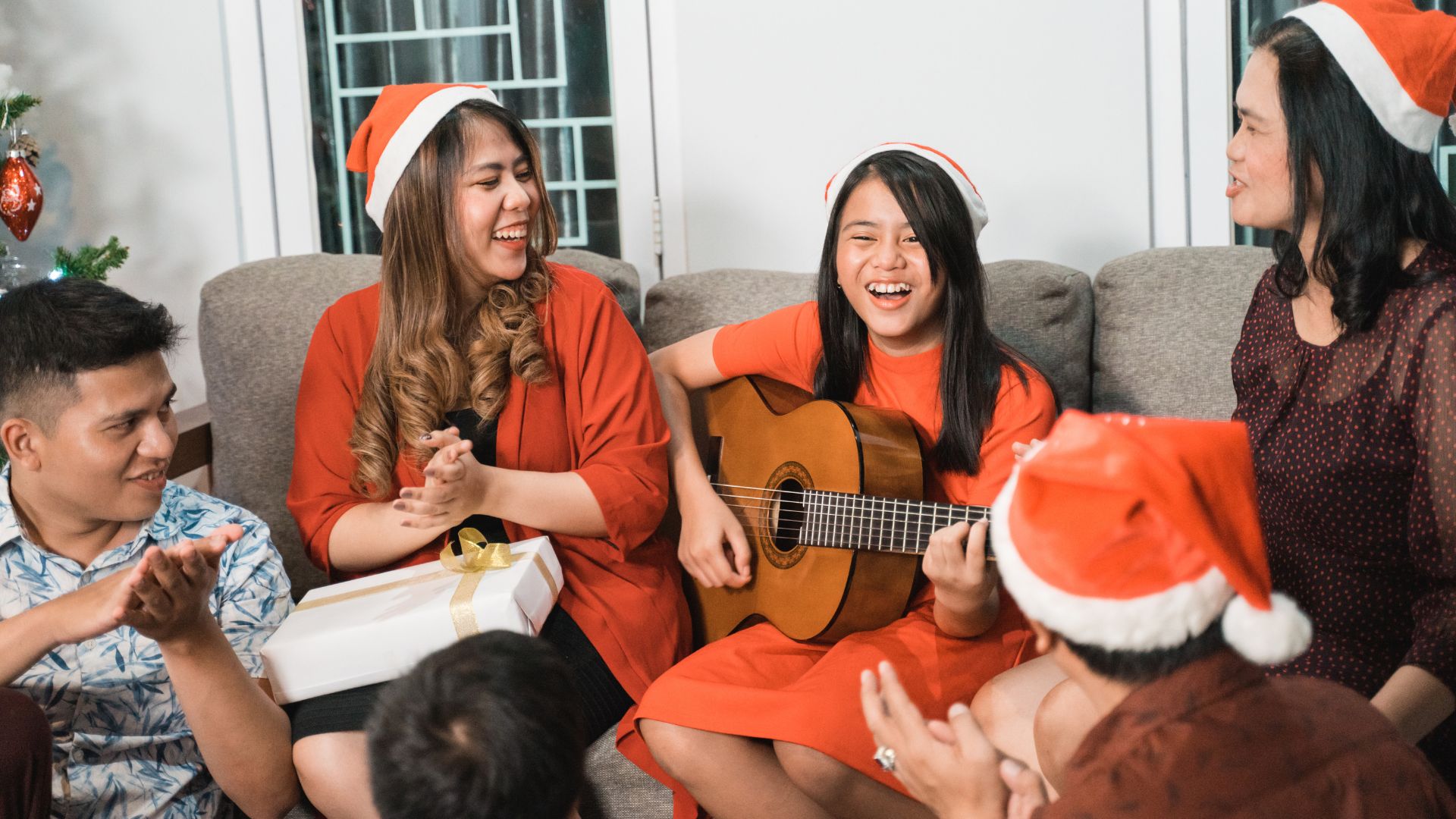In the Philippines, the arrival of the ber months marks more than just a change in the calendar — it signals the start of a season filled with music, food, and the warmth of family and community. Long before December arrives, the country already hums with excitement, proving that for Filipinos, the joy of Christmas isn’t confined to one day — it’s a feeling that begins as early as September.
Even before September 1, the anticipation is undeniable. Just scroll through social media and you’ll likely see photos and memes of Jose Mari Chan. He’s become an unofficial symbol of the season, known for timeless hits like Christmas in Our Hearts and A Perfect Christmas. These songs instantly transport Filipinos into that festive spirit — one that lingers for months.
A Cultural Countdown to Christmas
The Philippines is known for having the world’s longest Christmas season. But beyond decorations and carols, it’s really about tradition and connection. As the months roll closer to December, streets begin to light up, homes start to smell of native delicacies, and families prepare for gatherings rooted in faith and togetherness.
The Traditional Simbang Gabi

The essence of this season goes beyond celebration — it’s about faith and reflection. Simbang Gabi, a series of nine early morning or evening masses from December 16 to 24, is one of the most cherished traditions. Many believe that completing all nine can make a heartfelt wish come true. After each mass, families often head outside to enjoy their favorite post-church snacks, marking a simple but meaningful Filipino moment.
Puto Bumbong And Bibingka

Right beside churches, you’ll find stalls selling the sweet, purple puto bumbong and the warm, fluffy bibingka. These native rice cakes are staples of the Filipino holiday season. Over the years, these treats have evolved — from the classic butter-and-coconut topping to versions with cheese, leche flan, and other creative twists. Still, the comfort they bring remains timeless.
Parol And Festive Decorations

As early as October, Filipino homes and streets begin to sparkle. Parols — star-shaped lanterns that symbolize light and hope — hang from windows, trees, and street posts. Whether handmade from bamboo and paper or crafted with modern LED lights, these lanterns embody Filipino creativity and joy. Schools even hold parol-making contests, showcasing the imagination and resourcefulness of young Filipinos.
Caroling And Community

When December nears, the nights come alive with the sound of carols. Groups of kids, choirs, and even bands go house to house, spreading cheer with songs and smiles. Some add dance moves or playful twists, turning a simple tradition into a community celebration.
The Spirit of Giving

By Christmas Day, streets are filled with children cheerfully saying, “Namamasko po!” — a tradition that captures the heart of Filipino generosity and happiness. Whether they receive coins, candies, or snacks, the true gift lies in the laughter shared between families, friends, and neighbors.
A Season That Lives in the Filipino Heart
The beauty of the ber months in the Philippines lies in how they bring people together long before December 25 arrives. It’s not just about food, lights, or music — it’s about the anticipation, the faith, and the small shared moments that remind Filipinos of what truly matters.
Here, the spirit of Christmas is not simply celebrated — it’s lived, felt, and shared, one joyful ber day at a time.


